
Second Class Lever Examples NelsonabbRamsey
yes in the 2nd class lever the load is near the fulcrum eg luggage bag. ( 2 votes) Learn for free about math, art, computer programming, economics, physics, chemistry, biology, medicine, finance, history, and more. Khan Academy is a nonprofit with the mission of providing a free, world-class education for anyone, anywhere.

State the characteristics of class II lever and give two examples.
Quick Reference. A lever that has its point of resistance (load) between its fulcrum (point of support or axis of rotation) and point of effort (force application). In the human body, a second class lever is used when a person stands on tip-toe. second-class lever. From: second-class lever in The Oxford Dictionary of Sports Science & Medicine.
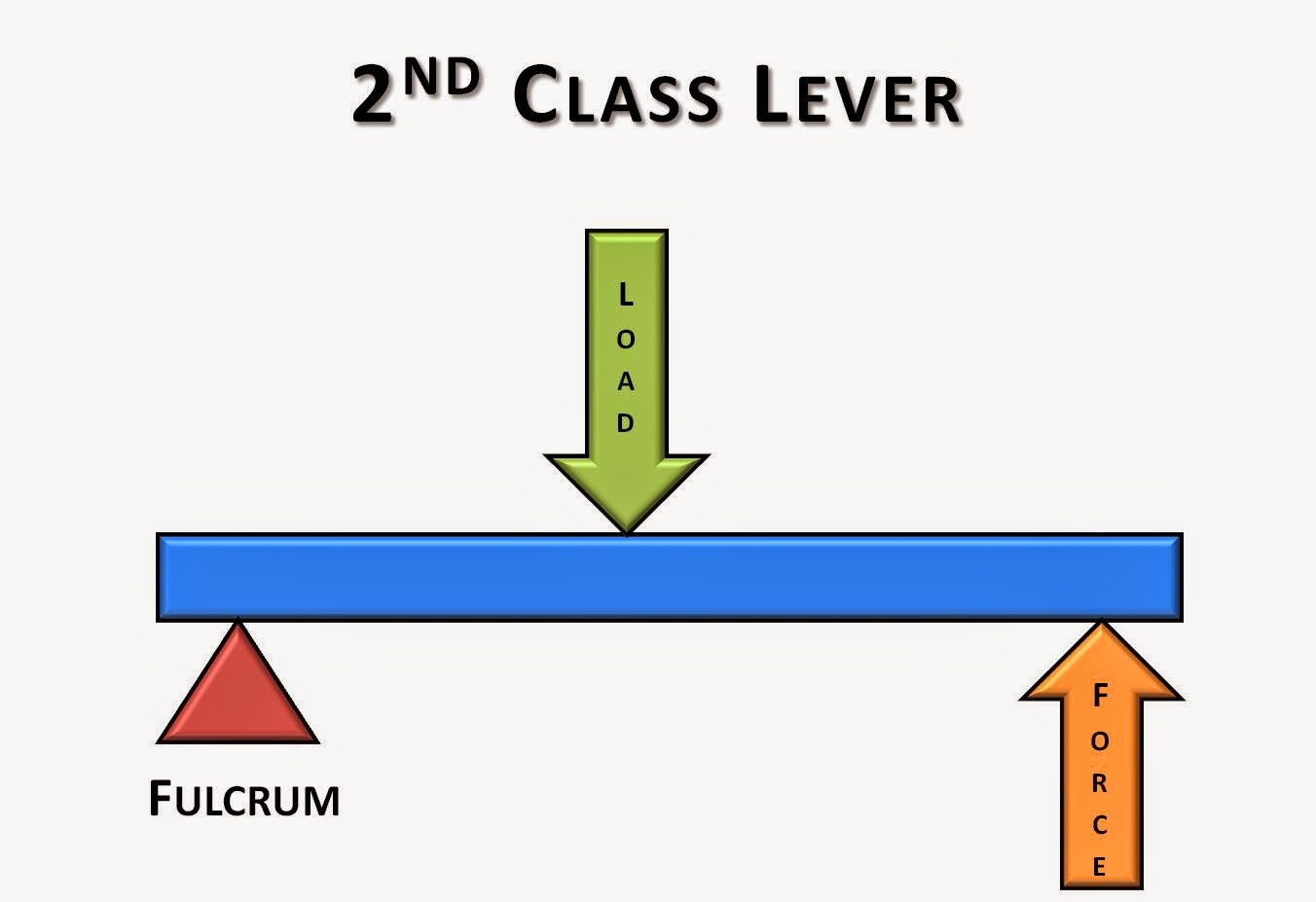
Science online The types of the levers and the importance of each of them
Principle of a lever. If you want to move a very large load with a small applied force, it is necessary to put the fulcrum very close to the load. What is different about 2nd class levers. 2nd class levers are interesting, as the fulcrum is at one end, the applied force at the other, and the load that is to be moved is between them.

SKI LEVERS The Skier's Manifesto
Second-class levers are also relatively uncommon in the body. One example is raising yourself up on your toes. The pivot is based at the front of the foot, the load is the weight of the body, and the force is applied through the Achilles tendon in the heel. All second-class levers in the body act at a mechanical advantage since the force is.
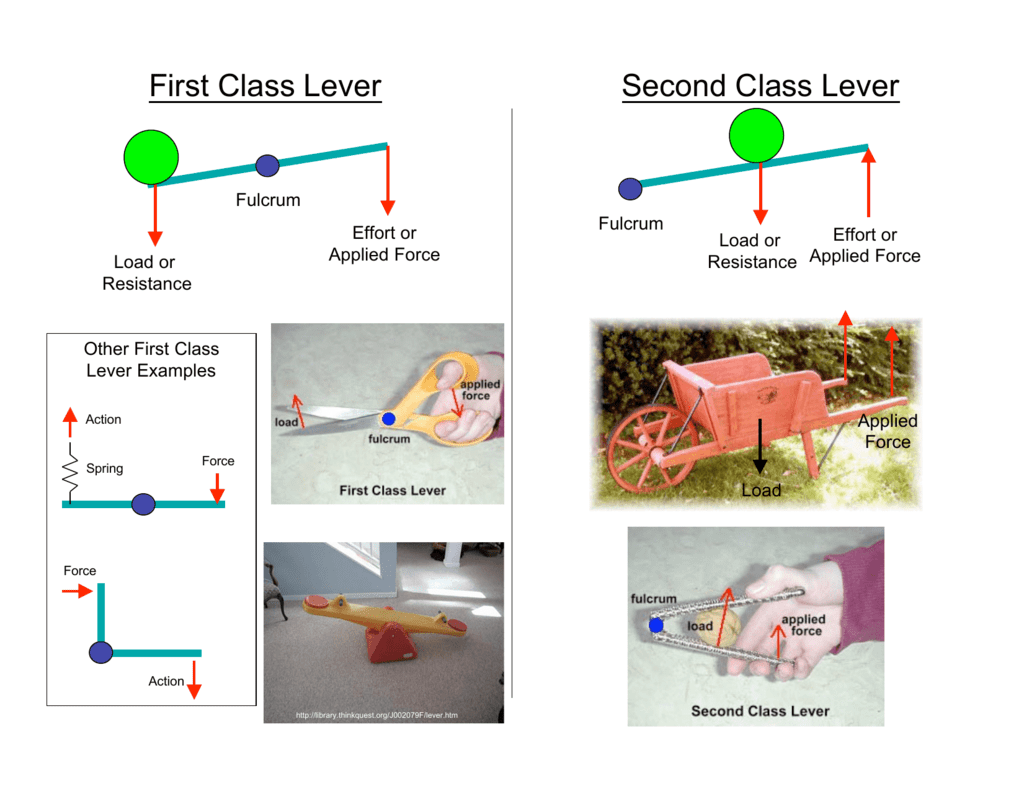
First Class Lever Second Class Lever
The three types of levers are as follows: (1) First Class lever or class I lever, (2) Second Class lever or class II lever, and. (3) Third Class lever or class III lever. These types are based on the relative position of the fulcrum, load, and effort in the lever body.

The mechanics in biomechanics online presentation
In second class levers the load is between the effort (force) and the fulcrum. A common example is a wheelbarrow where the effort moves a large distance to lift a heavy load, with the axle and wheel as the fulcrum. In a second class lever the effort moves over a large distance to raise the load a small distance.

PPT Lever Systems PowerPoint Presentation, free download ID174578
A lever is a rigid object used to make it easier to move a large load a short distance or a small load a large distance. There are three classes of levers, and all three classes are present in the body [1][2]. For example, the forearm is a 3rd class lever because the biceps pulls on the forearm between the joint (fulcrum) and the ball (load).

PPT Simple Machines & Their Mechanical Advantages PowerPoint Presentation ID6098995
The most common and popular lever can be found in many playgrounds: a see-saw or teeter-totter. They are found everywhere and it is one of the most useful simple machines. There are three classes of levers. The image below is an example of a Class Two Lever, sometimes called a Second Class Lever.

Types of Lever Class 5 CBSE Class Notes Online Classnotes123
This second class lever is used when taking off for a jump or pushing against the blocks in a sprint start. 3. Third class lever - the effort is in the middle between the fulcrum and the load.
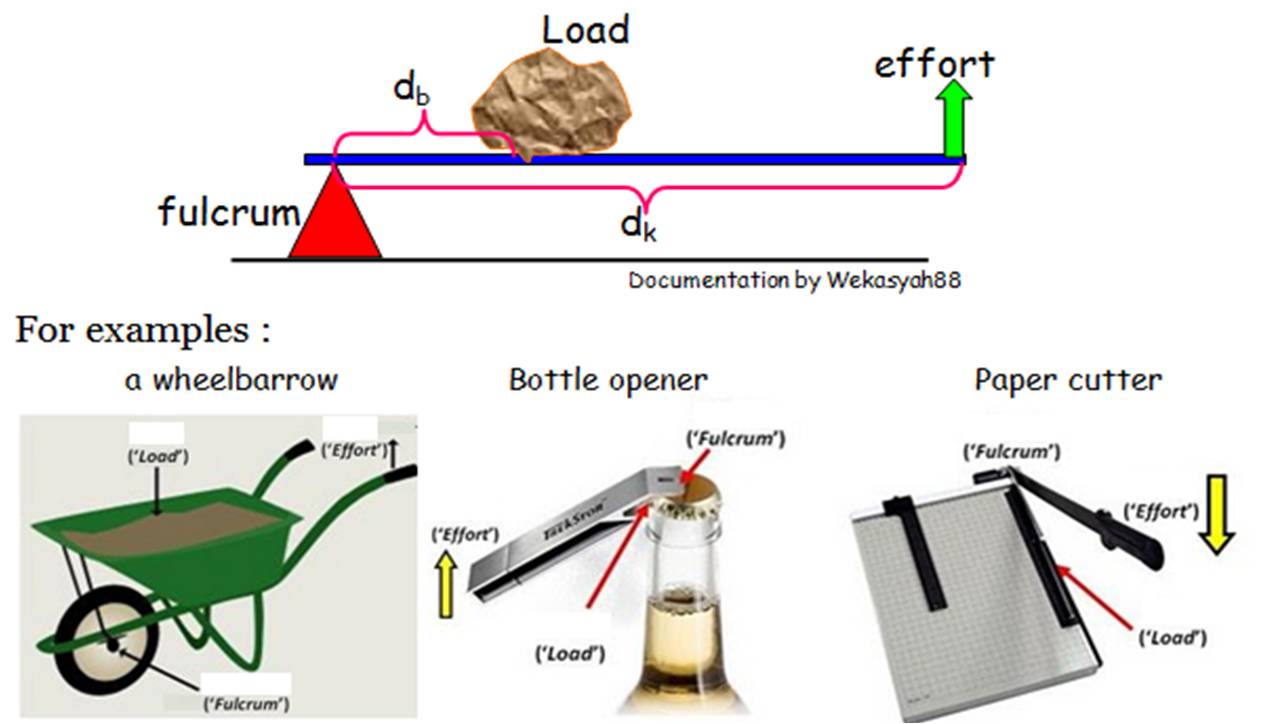
Pictures Of Second Class Levers Most Expensive Dildo
Anatomy of Levers, Part 3: Second-Class Levers. The second-class lever is another example of a simple machine comprising a beam placed upon a fulcrum. In the second-class lever, the orientation and distribution of forces are different than in the first-class lever: The load is placed between the fulcrum and effort, while the force of the effort.
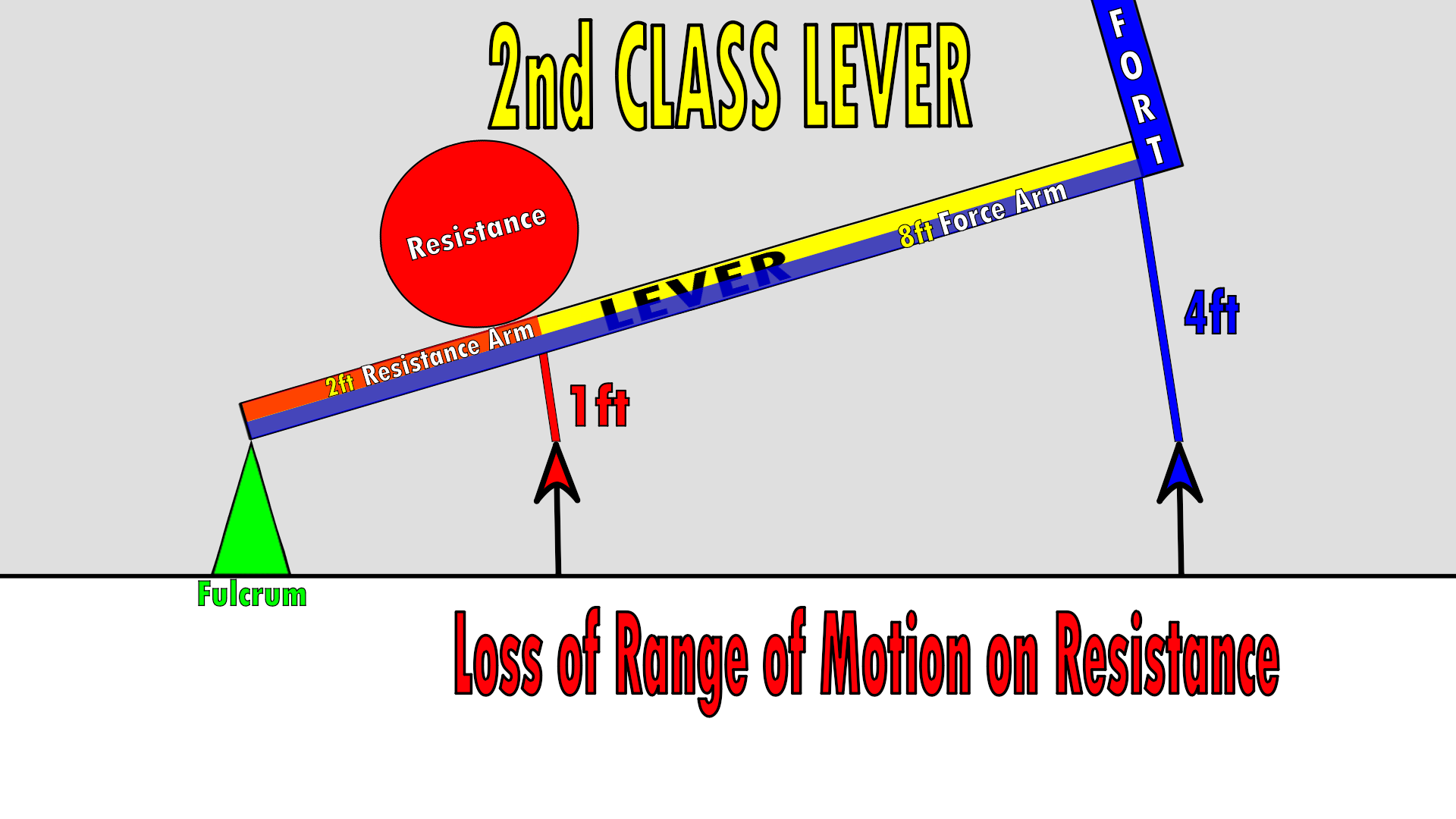
The 3 Classes of Levers
Levers are a type of simple machine that allows you to multiply your work. In this video, I illustrate a 1st class lever, a 2nd class lever, and a third-clas.
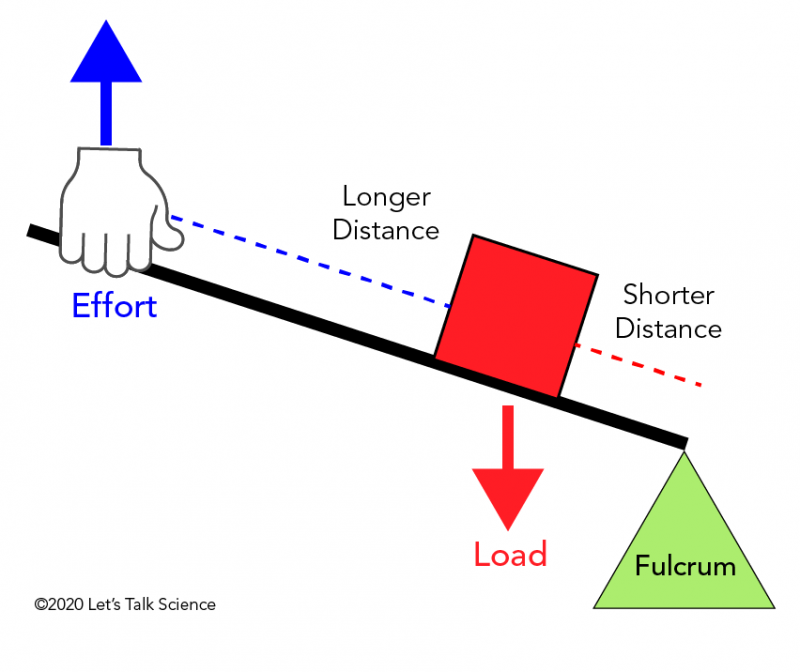
Simple Machines Levers Let's Talk Science
Second-class levers have the load between the effort and the fulcrum. A wheelbarrow is a second class lever. The wheel is the fulcrum, the handles take the effort, and the load is placed between the wheel and the effort (person doing the lifting). The effort always travels a greater distance and is less than the load. Table of Contents show.

PPT Simple Machines Discussion PowerPoint Presentation, free download ID1897167
A level where the load and effort force are located on the same side of the fulcrum is often characterized as a second-class level mechanism. Example - Second-Class (Order) Lever. A force (weight) of 1 pound is exerted at a distance of 1 ft from the fulcrum. The effort force at a distance of 2 ft from the fulcrum can be calculated as. F e = (1.
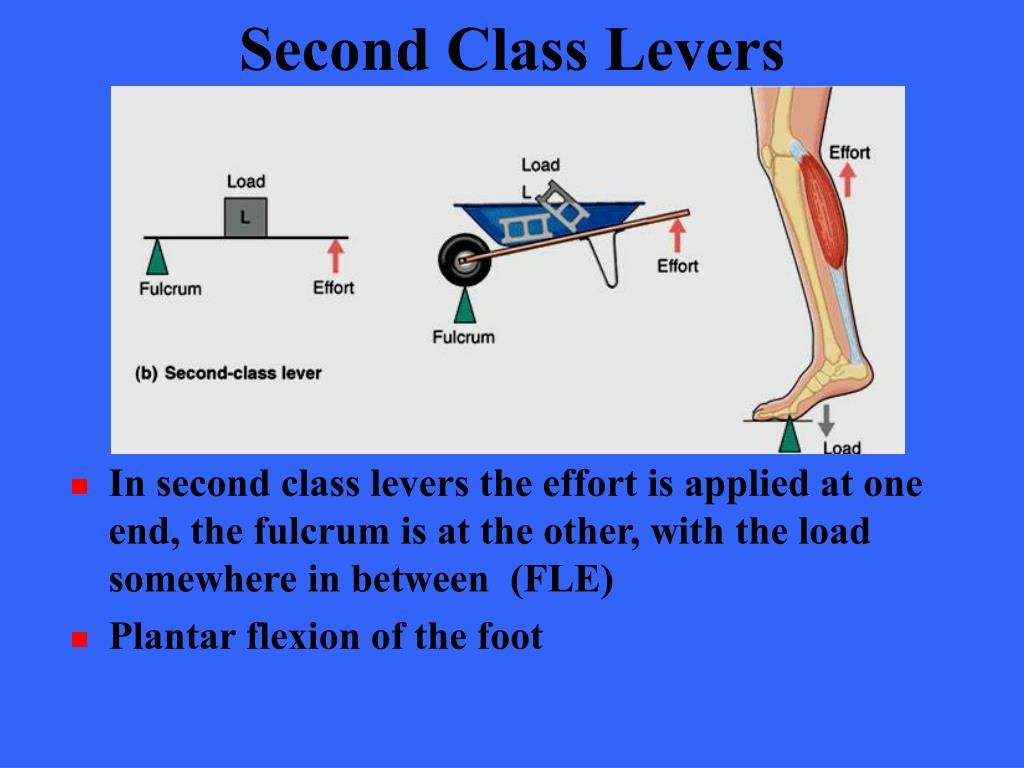
PPT Muscles of the Body PowerPoint Presentation, free download ID6195457
A wheelbarrow, a bottle opener, and an oar are examples of second class levers. Second class levers are used in wheelbarrows (left), when going on tiptoes (centre) and when doing push-ups (Sources: MarkusHagenlocher [CC BY-SA 3.0] via Wikimedia Commons , BruceBlaus [CC BY-SA 4.0] via Wikimedia Commons and U.S. Navy [Public domain] via Wikimedia.
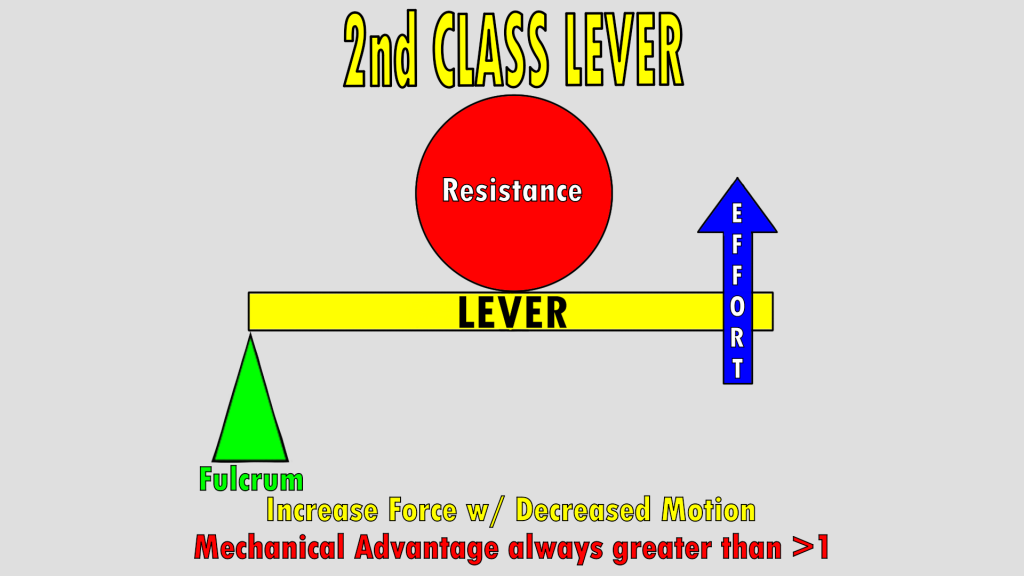
The 3 Classes of Levers
Second class levers always have the load closer to the fulcrum than the effort, so they will always allow a smaller effort to move a larger load, giving a mechanical advantage greater than one. First class levers can either provide mechanical advantage or increase range of motion , depending on if the effort arm or load arm is longer, so they.

Levers (Classes of Lever) Teaching Resources
In second class levers the load is between the effort (force) and the fulcrum. A common example is a wheelbarrow where the effort moves a large distance to lift a heavy load, with the axle and wheel as the fulcrum. In a second class lever the effort moves over a large distance to raise the load a small distance. Table of Contents show.